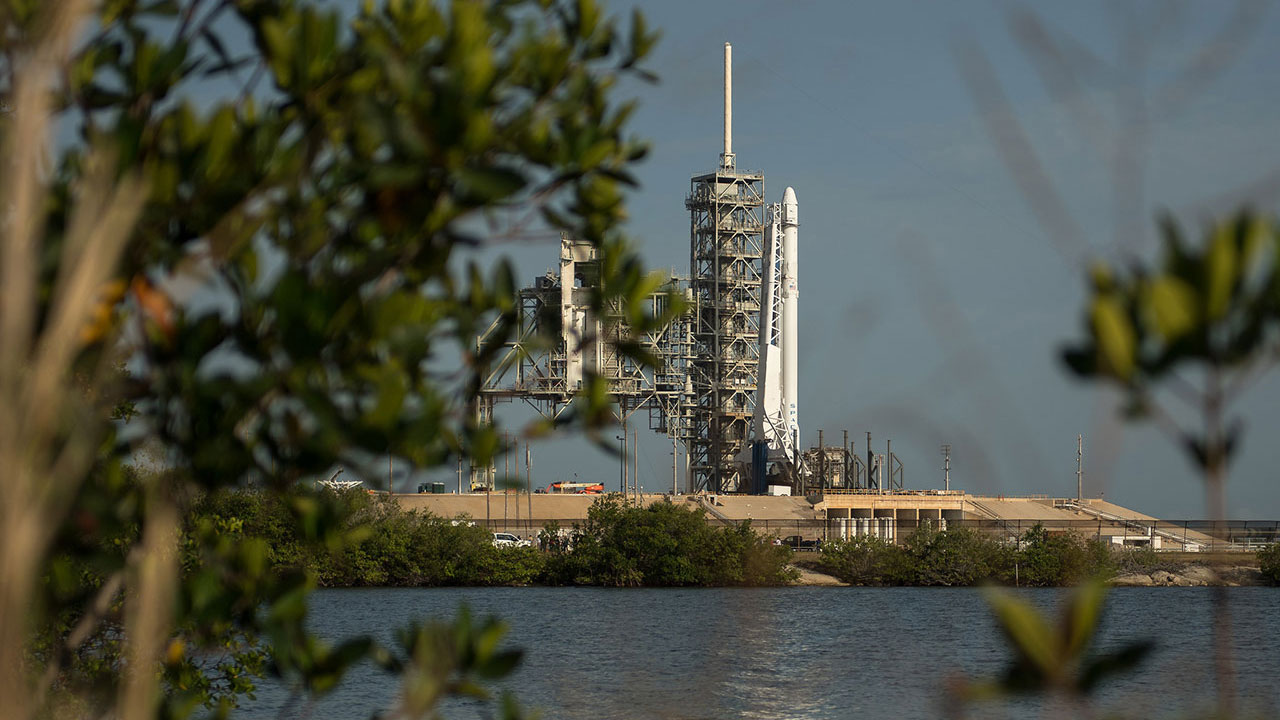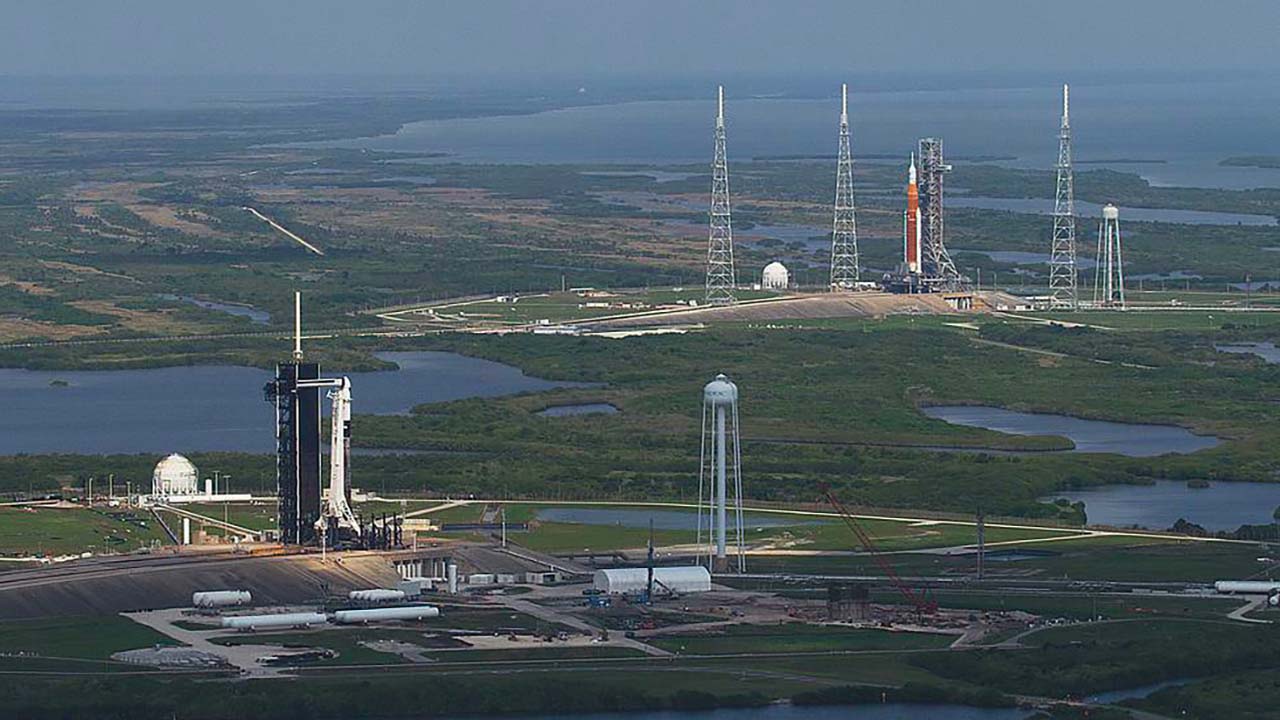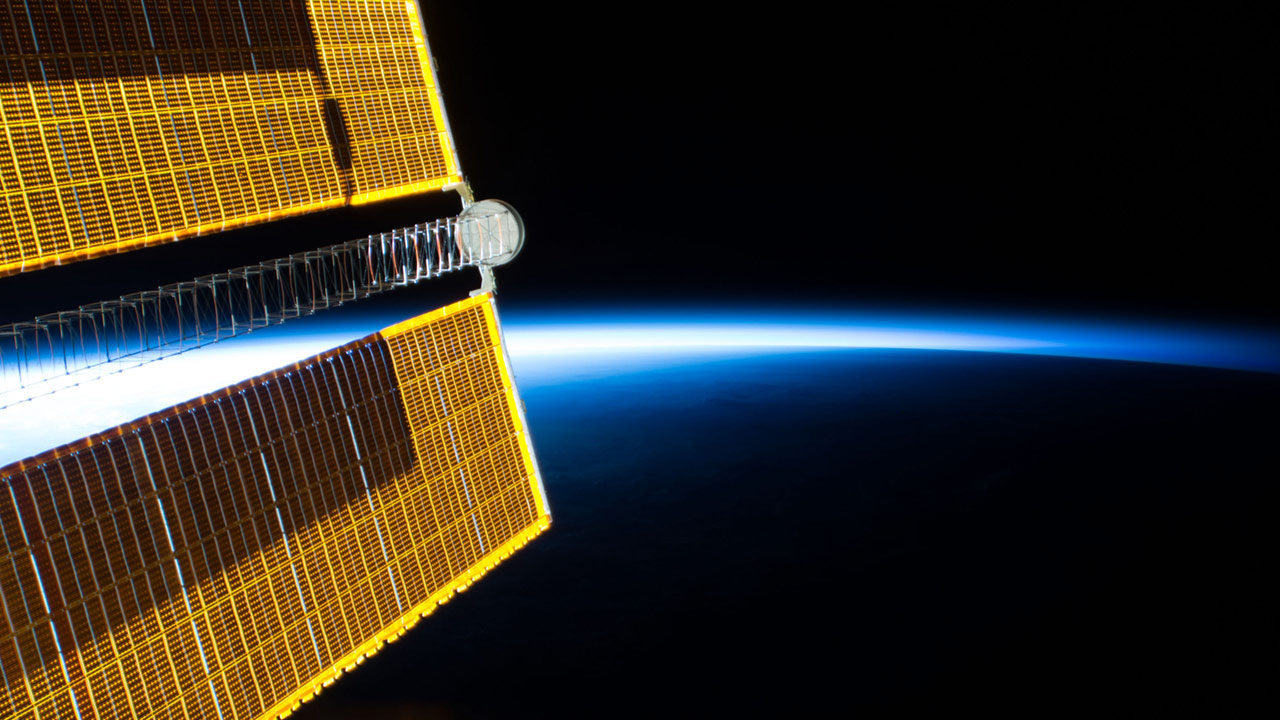KENNEDY SPACE CENTER (FL), June 2, 2021 – More than a dozen student researchers will soon watch their experiments launch to the International Space Station (ISS) onboard a SpaceX Dragon spacecraft. SpaceX’s 22nd Commercial Resupply Services (CRS) mission contracted by NASA will deliver thousands of pounds of critical cargo and research to the orbiting laboratory and is slated for launch no earlier than 1:29 p.m. EDT on June 3 from Kennedy Space Center. This mission includes several research and technology development investigations sponsored by the ISS U.S. National Laboratory. These inquiries seek to use the unique environment of the ISS to bring value to our nation, drive a robust market in low Earth orbit, and engage the next generation of researchers and explorers.
A key initiative of the ISS National Lab is to leverage the ISS for inquiry-based learning that engages students in science, technology, engineering, and mathematics (STEM) topics and stimulates them to think in new ways. Participating in research on the ISS is a powerful experience that stays with students for years and empowers them with the skills needed to succeed in STEM fields—which is critical for the success of the future STEM workforce. Through student-led investigations like those launching on SpaceX CRS-22, young innovators learn valuable science and engineering concepts that will not only benefit their professional maturation but may lead to gained knowledge that will inform the scientific community on future space-based inquiries. Below highlights some of the student payloads launching on SpaceX CRS-22.
Two student investigations on this mission are being done in partnership with Higher Orbits, a nonprofit organization that has supported multiple student-led experiments that have launched to the ISS, and through hardware and engineering support from ISS National Lab Commercial Service Provider Space Tango.
Students from Lexington, KY, and Spring Grove, IL, will examine how model organisms such as termites and moths react when they are exposed to unique environments like the space station. Observing the growth and development of insects in microgravity may lead to new discoveries about complex biological systems responsible for cellular organization and tissue development.
The Quest Institute, based in San Jose, CA, has been supporting student-led research opportunities on the ISS since 2010. The program pairs students from Valley Christian Academy in San Jose with international students from around the world to collaborate on spaceflight experiments that enhance STEM opportunities and teamwork for young researchers. Also with hardware and engineering support from Space Tango, nine student experiments (including investigations from Valley Christian students and students in Singapore) are launching on this mission. Projects include studies of different materials and structures as well as experiments examining the effects of microgravity on various organisms, including plants that could serve as potential food sources.
MixStix, developed by ISS National Lab Commercial Service Provider Nanoracks, are mixture enclosure tubes for microgravity research using fluids, materials, chemicals, and biological substances that are all kept separate until they are ready to be mixed in space. On this mission, DreamUp, a nonprofit organization that supports student experiments in space, is launching two different MixStix investigations. One project seeks to evaluate how to grow plants in space without soil, which could lead to new techniques for astronauts to grow and cultivate food products. The other experiment will observe how adzuki beans germinate and sprout in space, which could also lead to the development of highly nutritious food supplies for astronauts on long-duration spaceflight missions.
For information on all ISS National Lab-sponsored investigations launching on SpaceX CRS-22, please visit our mission overview page. To learn about the latest science and technology advancements happening onboard the ISS, register to attend the 2021 ISS Research and Development Conference (ISSRDC), which will be held virtually August 3-5. To register for free, go to https://www.issconference.org/.
Media Contact:
Patrick O’Neill
904-806-0035
[email protected]
# # #
About the International Space Station (ISS) U.S. National Laboratory: The International Space Station (ISS) is a one-of-a-kind laboratory that enables research and technology development not possible on Earth. As a public service enterprise, the ISS National Lab allows researchers to leverage this multiuser facility to improve life on Earth, mature space-based business models, advance science literacy in the future workforce, and expand a sustainable and scalable market in low Earth orbit. Through this orbiting national laboratory, research resources on the ISS are available to support non-NASA science, technology and education initiatives from U.S. government agencies, academic institutions, and the private sector. The Center for the Advancement of Science in Space (CASIS) manages the ISS National Lab, under cooperative agreement with NASA, facilitating access to its permanent microgravity research environment, a powerful vantage point in low Earth orbit, and the extreme and varied conditions of space. To learn more about the ISS National Lab, visit www.ISSNationalLab.org.
# # #







